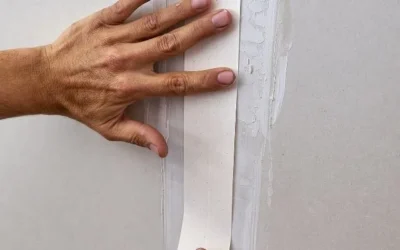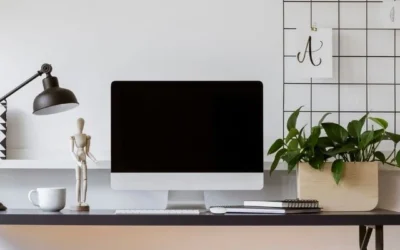When designing your bathroom, it’s essential to focus on making it a hygienic and functional space. This will alleviate problems with mould, aesthetics, and water damage in the short term as well as in the long term. In an optimally designed bathroom, you’ll have appropriate elements designed specifically to function in a wet area space. So, how do you achieve this?
To establish the essential elements of a functional, hygienic bathroom, you’ll need to focus on reducing mould growth by using building materials that are specifically designed for wet areas and of course, adequate ventilation. In addition, you’ll need to add aspects such as good lighting, appropriate flooring and adequate drainage to increase safety and aesthetics which thereby increases functionality.
This article will focus on essential elements you must incorporate to make your bathroom clean, functional, and safe. We’ll cover everything from plaster and paint to drainage in the shower and floor. Read on for a few effective tips to build a functional, hygienic bathroom.
Plaster and Paint Specified for Wet Area Use
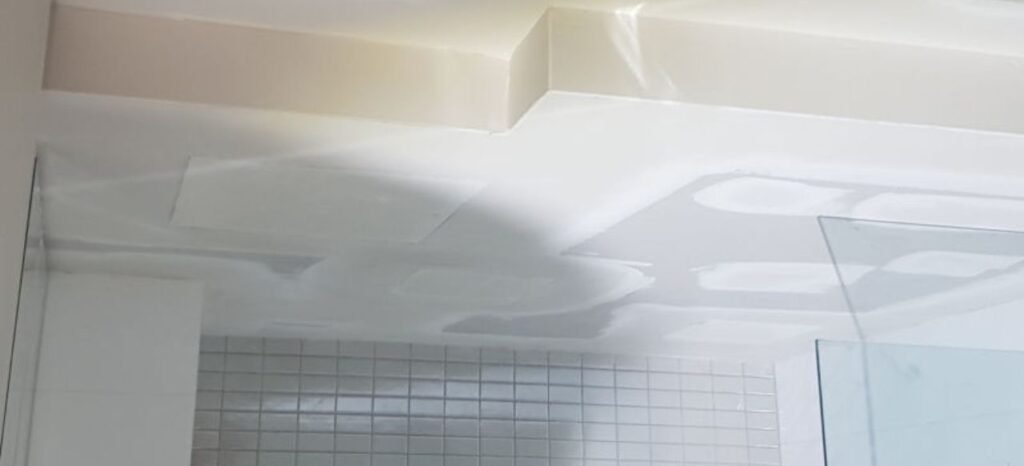
Starting with the construction materials of the internal walls, let’s focus on plaster and paint. Not all plaster and paint are rated for wet area use. For example, the paint you choose for your living room area is unacceptable for the bathroom because it’s not designed to be water-resistant. You’ll need to be aware of the type of paint and plaster you are using to ensure you decide on the right products. When you work with your local Sydney plasterer, they’ll know exactly what plaster and paint can be used.
If you were to choose the wrong products, the risk of mould growth would astronomically increase. Mould grows on organic materials, such as paint and plaster, and thoroughly enjoys warm, moist environments. This would make your bathroom the ideal breeding ground for a colony. Not only is it ugly to look at, but mould is also very hazardous for all those in its vicinity.
Proper Ventilation
Another problem that can lead to mould growth in the bathroom, even with the right paint and plaster, is poor ventilation. This can also cause stale air buildup that causes musty, unpleasant smells. The best way to prevent this is to ensure you have the right amount of ventilation in the room and that the moist, hot air is circulated out following showers and baths.
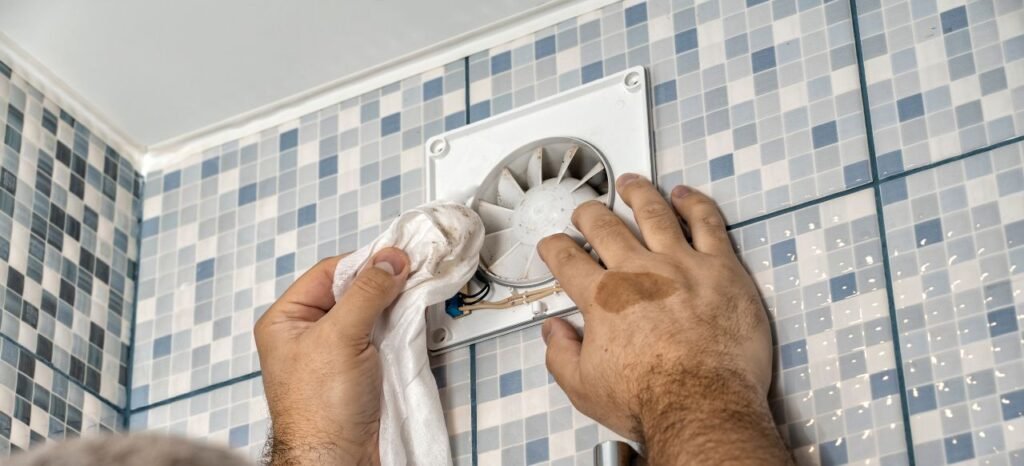
Exhaust fans are commonly installed in bathrooms for this purpose. They remove the problematic moist air, preventing moisture from building up on surfaces inside the bathroom, and help with general air circulation. In addition, if you have a bathroom window, opening it following a bath or shower is ideal to let the moisture out. If you have a rental property, it is a good idea to install a lightswitch that automatically turns on the exhaust fan, this will ensure your property will have adequate ventilation, regardless of who is your tenant and how vigilant they are.
Vanity Designed for the Wet Area
Like your walls, your vanity needs to be made of special material. It can’t just be any type of cabinet; they are not all treated against water damage. Wood is porous and allows excess moisture absorption when not sealed properly. Bathroom vanities are made of special wood that is properly treated for the environment, alternatively materials such as laminate, stone or tile for the bench top or splashback especially.
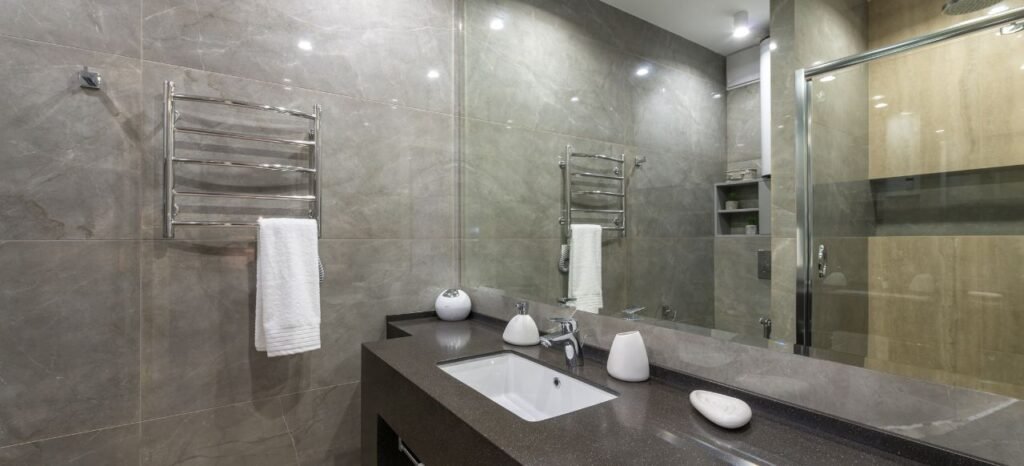
No matter how much steam or water the vanity is exposed to, treated wood will not swell due to moisture absorption. This will prevent warping and untimely failure of your vanity due to the number of showers taken or the amount of water splashed from the sink. So if you’re renovating your bathroom, make sure you choose materials and products that are specifically designed for wet area use. Check out this article for more in-depth look at what makes a smooth renovation experience.
Good Lighting
For a truly functional bathroom, you’ll need good lighting. It’s essential to be able to see what you are doing in all areas of the room. It can be hard to navigate or complete daily hygienic tasks when it’s not well-lit. And of course, the added benefit of good lighting is that confidence is built when you think you look good in the mirror!
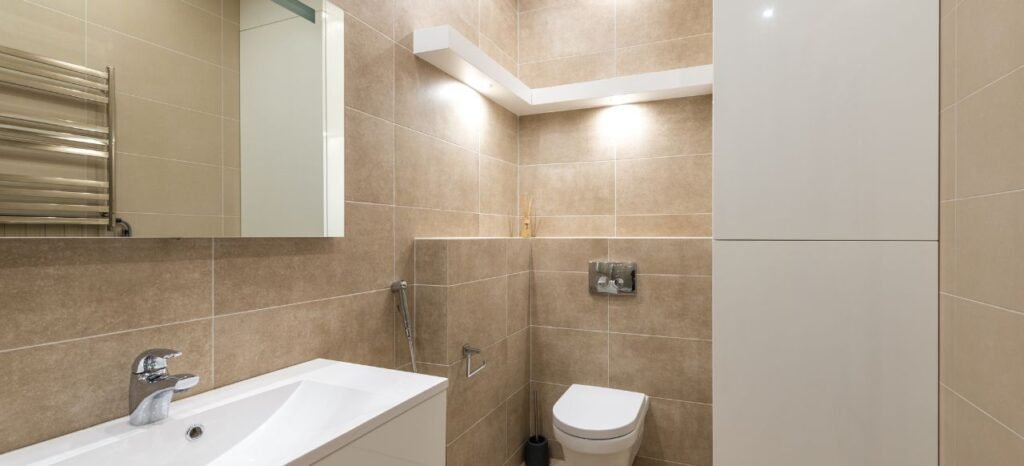
In addition, with proper lighting, you’ll be better able to maintain the room. You can see problems as they start, including mould growth, paint peeling, and discolouration. This will allow you to act quickly to solve issues, keeping your bathroom looking great.
Flooring Designed for the Bathroom
Your flooring selection is also an important decision. You’ll need to consider a non-slip surface, as the bathroom floor sees a lot of water. The last thing you want is to fall or have a member of your family get hurt when stepping out of the shower.

It’s critical to have slip-resistant flooring, especially tiles that are designed to be floor tiles instead of wall tiles, around the shower and bath area. While you can put a mat down to catch the water, there’s still a significant potential for accidents.
Adequate Drainage
There’s nothing more disgusting than stagnant, dirty water in your shower or on your bathroom floor. To avoid this, you need adequate drainage throughout your bathroom. This will prevent the associated problems with horrible smells and pests that come from still water.

In addition, your bathroom will be much cleaner with good drainage. Standing water is also a source of slip-and-fall accidents. No matter how slip-resistant your flooring is, if you add enough water to it, someone could have a nasty fall. Ensuring your drainage is fully functional is essential.
Final Thoughts
Having a functional, hygienic bathroom is essential to a stress-free lifestyle. This space is where many turn to for relaxation at the end of a long day. It won’t provide respite if it’s not set up correctly. Preventing mould growth is critical to keeping your family safe. Using materials and products that are designed for wet area spaces is crucial to ensuring you don’t have mould problems. Waterproof materials, such as plaster and paint, are ideal for the bathroom and can prevent many significant problems.
If you’re ready to renovate your wet area, get in touch with Paul today to book your free quote for all your plastering needs.


